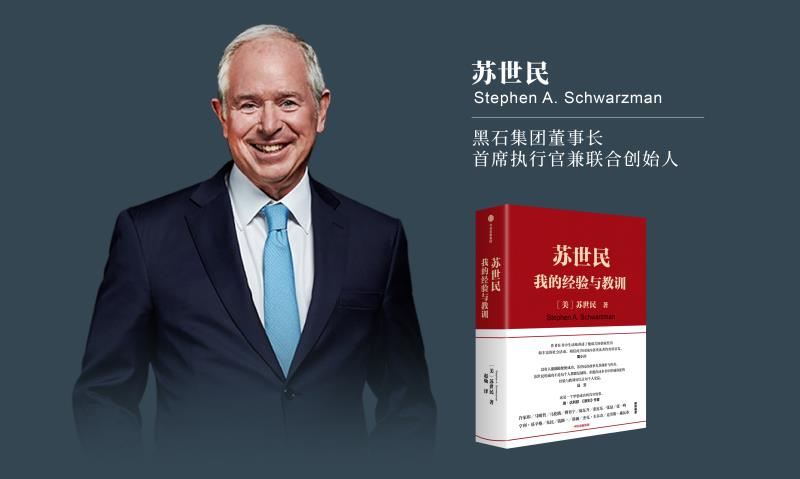On April 7, TAL Education 好未来 (NASDAQ: TAL) announced it discovered “certain employee wrongdoing” in its “routine internal auditing process.” TAL says the employee of question could wrongly inflate “Light Class” 轻课 sales by forging contracts and other documentations. For the fiscal year 2020 ended February 29, 2020, “Light Class” sales accounted for approximately 3% to 4% of the Company’s total estimated revenues. // Press Release | 36kr
Last week, Guangdong Restaurant Association published an open letter to Meituan, saying that Meituan delivery has a market share of 60 to 90 per cent in Guangdong province… charges up to 26 per cent commission for newly-opened catering merchants. Meituan (HKG: 3690) on April 10 replies that more than 80 per cent of businesses on its platform pay a commission of between 10 per cent to 20 per cent. And it only earns ¥0.02 per delivery order (profit) in 2019Q4. // Sina | SCMP
China’s three biggest telecoms carriers join forces to introduce 5G-based messaging service 5G消息, introducing 5G-based rich communication services (RCS), competing with existing apps like Tencent’s WeChat. It will also allow organizations and firms to directly provide services to and communicate with users. // technode | White Paper
On April 10, Blackstone Chairman and CEO Schwartzman went on live with audience in China, with Hillhouse’s Lei Zhang and Vanke Liang Yu. Schwartzman brought his new book. The live-streaming is on Bytedance’s Toutiao and Douyin. // Sina | 36kr










